| Title | Multiple View Geometry in Computer Vision |
| Publication Type | Miscellaneous |
| Year of Publication | 2001 |
| Authors | Andrew, AM |
| ISBN Number | 0521540518 |
| Keywords | Artificial intelligence, Computer, Cybernetics, Machine vision, Publication, Robotics |
| Abstract | 2nd ed. A basic problem in computer vision is to understand the structure of a real world scene given several images of it. Techniques for solving this problem are taken from projective geometry and photogrammetry. Here, the authors cover the geometric principles and their algebraic representation in terms of camera projection matrices, the fundamental matrix and the trifocal tensor. The theory and methods of computation of these entities are discussed with real examples, as is their use in the reconstruction of scenes from multiple images. The new edition features an extended introduction covering th. Introduction-a tour of multiple view geometry – Projective geometry and transformations of 2D – Projective geometry and transformations of 3D – Estimation-2D projective transformations – Algorithm evaluation and error analysis – Camera models – Computation of the camera matrix P – More single view geometry – Epipolar geometry and the fundamental matrix – 3D reconstruction of cameras and structure – Computation of the fundamental matrix F – Structure computation – Scene planes and homographies – Affine epipolar geometry – The trifocal tensor – Computation of the trifocal tensor T – N-Linearities and multiple view tensors – N-View computational methods – Auto-calibration – Duality – Cheirality – Degenerate configurations. |
| DOI | 10.1016/S0143-8166(01)00145-2 |
| Citation Key | Andrew2001 |


